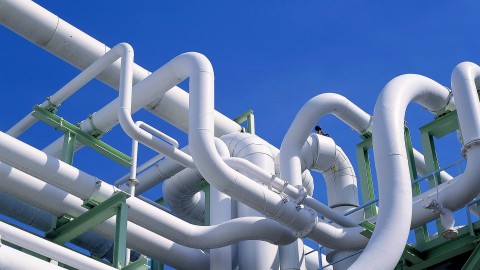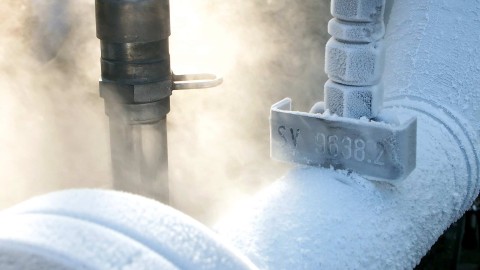R-404a, its properties and possible alternatives
Operators of equipment that use R-404a or R-507 as a refrigerant will find a brief overview of R-404a and R-507 and potential alternatives to these refrigerants in this article. We also briefly describe what actions to take when using R-404a / R 507 and explain where to go for further information and assistance.
Basic information about R-404a / R-507
The revision of the F-Gas Regulation (Regulation (EU) 2024/573) came into force on March 11, 2024 and represents a significant tightening of the previously applicable F-Gas Regulations from 2006 and 2014. It applies in all European Union member states and is part of the European roadmap for a low-carbon economy. Its central goal is to significantly reduce fluorinated greenhouse gases in order to protect the climate and environment, with a complete phase-out of HFCs by 2025.
Current situation
Since the previous F-Gas Regulation (EU) No. 517/2014 has made it illegal to market stationary refrigeration equipment containing F-gases with a GWP (global warming potential) value of 2,500 or more from 2020 (there are exceptions in the low temperature range below -50 °C). With a GWP of 3922, R 404A and 3985, R 507A are affected by this ban.
However, refrigeration, air-conditioning and heat pump equipment that was already placed on the market and is still in operation may be filled with recycled R-404a or R-507A refrigerant until December 31, 2029. In a transitional phase until 31.12.2024, fresh goods may also be used in existing systems with < 40 t CO2 equivalent (GWP x system volume of refrigerant).
Another measure required by the F-Gas Regulation as part of the phase-down is a gradual, significant quantitative limitation of high-GWP refrigerants in the coming years. The foreseeable result: refrigerant scarcity and much higher prices.
If you are planning to keep an existing system running for a long time, you should consider having it retrofitted for an alternative refrigerant. It should be a refrigerant with the lowest-possible GWP that also falls under the A1 safety classification (no flame propagation, low toxicity), offers close to the same cooling capacity and equally high system efficiency, and has a similar working pressure. In addition, the new refrigerant should not require component replacements or an oil change.
Possible alternatives to R-404a / R-507
Most manufacturers have developed alternative refrigerants with significantly lower GWPs that meet the stated requirements, at least for special products. The following, among others, are traded as substitutes for R-404A or R-507A and have the same safety group (A1):
- R-452a (GWP 2,140)
- R-407f (GWP 1,825)
- R-449a (GWP 1,397)
- R-448a (GWP 1,387)
The refrigeration capacity is about the same as R-404a / R 507A or slightly lower in the case of R-449a. All possible alternatives are blends with a high temperature glide. R-448a and R-449a should be given preference due to their low GWP values. The better energy efficiency ratio of R-448a can also help to cut operating costs.
For new systems, the possibility of using a "low-GWP" refrigerant should be examined, although this is usually assigned to safety group A2L (low flammability). The installation conditions from the relevant regulations must be observed here. Other alternatives to be considered are the flammable R 290 (propane) with a GWP of 3 (A3 refrigerant) or R 744 (CO2) with GWP = 1 (A1 refrigerant). Due to their properties (flammability for propane, pressure level/physical properties for CO2), both refrigerants require more complex system technology.




